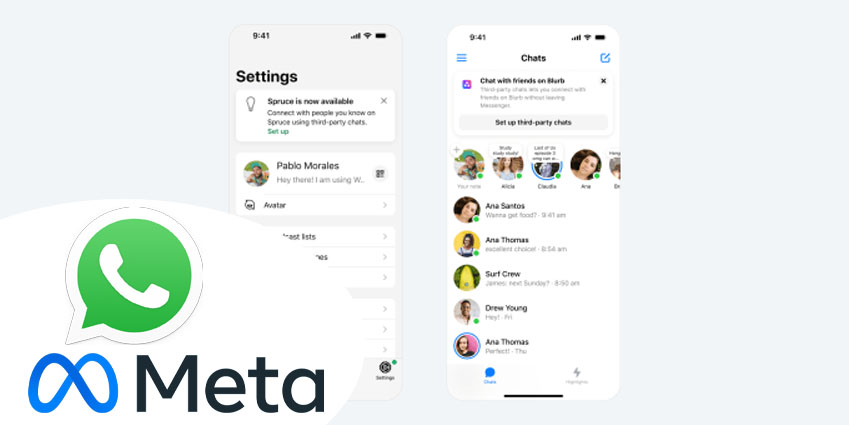In this exclusive UC Today session, Rob Scott explores a critical yet overlooked challenge facing AI-powered enterprises: the hidden cost of poor voice quality. Joined by Tim Banting, Head of Research at Techtelligence, and Doug Jones, AVP of Product Management for Voice and Collaboration at AT&T, the discussion reveals how voice clarity has become the foundation for successful AI deployment.
While organizations rush to implement tools like Copilot, chatbots, and AI meeting assistants, poor voice quality is silently eroding their ROI. As Banting emphasizes, “data is the fuel to AI,” and increasingly, that data comes from voice interactions – whether in meeting transcriptions, call recordings, or customer contact centers.
The conversation highlights real-world consequences beyond mere annoyance. Poor voice quality leads to AI hallucinations, compliance failures in regulated industries, missed business opportunities, and broken customer experiences. Jones notes that while tech-savvy early adopters understand this connection, many organizations still overlook voice infrastructure as a strategic asset.
The experts agree: in 2025’s hybrid work environment, with employees connecting from offices, homes, and coffee shops, enterprises need networks that prioritize voice traffic. The message is clear – AI might be smart, but it’s only as effective as the voice input it receives.






